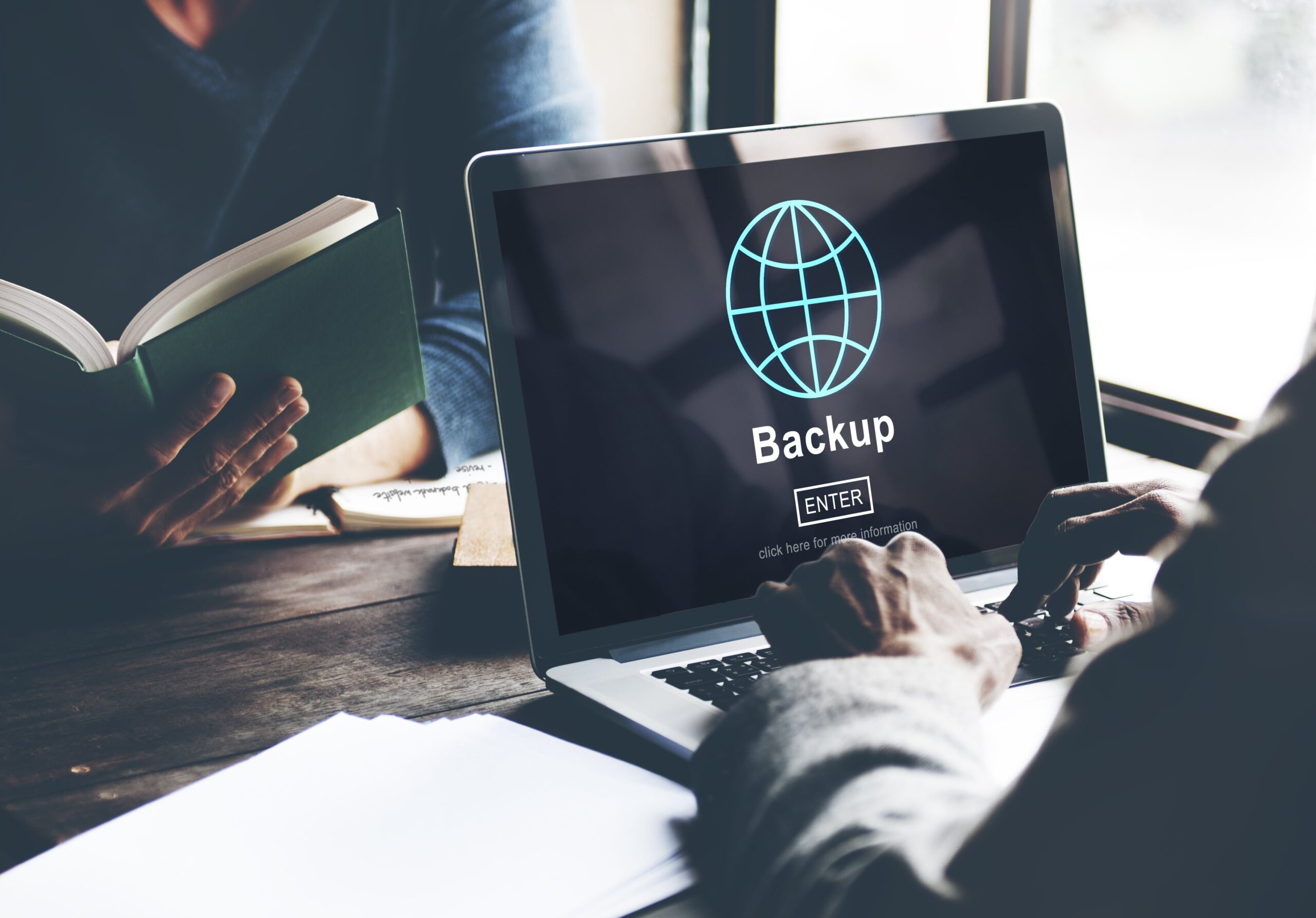The appropriate data backup management is not just a high priority but a significant business decision. Since the cost of data loss may be incredibly high, backing up information is crucial, primarily when utilizing SaaS cloud-based systems. The average price of data loss is about $3.6 million, which is $141 per record. So, backing up information should become a standard protocol to ensure data safety.
How Often Should You Perform Backups?
First, consider the frequency of updating your files. So, if your critical information changes once a day, you should also perform a backup once a day. Fortunately, saving documents is not costly, but you should not save money on backups. That is because you can lose much more in the case of various disasters.
The only way to protect your organization from losing valuable data is to backup data once a week. But in case of critical information, make a copy of it daily. As for transactional databases, back it up even more often.
At the same time, businesses want to analyze whether they should only use a single software solution. Such automated backup software empowers their whole backup strategy. Or they might consider using two different products to provide the necessary built-in redundancy to the existing backup solution.
What files are worth saving?
Of course, not each byte of information is essential for your organization. Although saving all data is the most appropriate policy, you should not make relevant significant investments.
Here are several critical types of documentation you need to prioritize in terms of safety:
- Customer and staff personal data
- Business intelligence
- Financial data
- Internal and external corporate communications
- Project plans
So, if you miss something from the detailed list, the consequences can be dire.
What Risks and Hazards of Data Loss Can Happen?
Your business information isn't just precious but vulnerable as well. So, numerous risks and hazards might lead to the high cost of data loss. If you have no established backup plans, your information can get affected by the following things:
- Cybercrime. Hackers, malware, and ransomware pose a considerable risk to data security. Various malicious attacks have become a common issue that serves as the most expensive type of information breach. As a result, the average data breach in the United States costs about $8.64 million.
- Human error. Accidental deletion and lack of a proper interface understanding can result in data loss. So, if your company has no backup measures, you cannot restore deleted information. After all, almost 90% of information breaches and losses are due to human errors.
- Provider outages. Such situations often occur when your employees are dealing with necessary documents. For example, even famous providers like Microsoft or Google still have their share of relevant outages. That leaves their users with no access to critical information for hours. Lastly, the cost of these provider outages is incredibly high - about $7,900 per minute.
- Inability to access information. When your company can't access the required data, your employees lose out on their productivity. On the other hand, downtime costs rely on a company's size; they can vary from $10,000 to over $5 million per hour.
- Natural disasters. Such events as hurricanes, earthquakes, or tornadoes might cause data loss. So, if you run a business in potential natural disasters, create a backup plan. On the other hand, power outages resulting from natural disasters might indefinitely block your company's access to critical information. Ultimately, disaster recovery plans depend on cost and business size, but the price can also exceed $10,000.
The Actual Costs of Data Loss, Beyond Money
Unfortunately, natural events, human faults, cybercrimes, provider outages, information loss, or inability to access data are pretty expensive. But data loss doesn't only refer to financial costs; this issue has other critical hidden spending and outcomes.
- The cost of downtime. It means the time your company spends offline while experiencing a provider outage. So, the longer your business is offline, the more fees and efficiency you can lose. Hence, data lost due to downtime events, including ransomware, might cost enterprises $8,500 per hour.
- Lost productivity. When users can't access the needed documents, they can't perform their basic work tasks. As a result, it leads to the downfall of business productivity.
- Revenue disruptions. If organizations cannot access client orders and transactions, they might delay their profits. If ransomware occurs, the whole system can be encrypted. That leaves users fully locked out of the required platform.
- Production stoppage. Costs of data loss might include production downtime. Such a situation leads to a decrease in various products that customers can purchase. As a result, production stoppage can cause a financial loss that ranges from $10,000 to $250,000 per hour.
- Regulatory fines. Non-compliance with established industry rules is another hidden cost of information loss for many finance and healthcare companies. If your organization is not HIPAA-compliant or does not follow GDPR, it might face significant fines. For example, information loss can cause regulatory fines when medical devices with sensitive data are lost or stolen. Or when financial services companies deal with provider outages resulting in GDPR violations. In the case of HIPAA violations, they can range from $100 to $50,000 per record. This cost is much higher than the cost of cloud backup.
- Damaged reputation. Further disruptions in customer service might affect the overall company's reputation and credibility. Also, it can lead to a drop in profits and change clients' perception regarding your company after the problem.
Ultimately, information loss provokes numerous consequences that might seriously affect your company's finances, efficiency, and reputation. But fortunately, there can be some valuable options to avoid potential data loss and secure your information.
What Are Data Backup Methods?
No matter the size, scope, or industry, modern companies should have some form of information backup. This way, they could avoid adverse outcomes of data loss.
A rotational backup service is a must-have when you need to back up only critical elements of your business information. However, you can also make digital and paper backups. Today, the digital environment offers multiple approaches to backing up data, and the most popular methods include:
- Physical off-site storage. It is the best option for companies that primarily deal with different paper documents and records. Store your backups using a specific off-site facility created for storing business records safely. In addition, equip them with temperature controls, security cameras, and 24-hour guards to protect your data.
- Cloud-based storage. When your organization works with digital data, consider utilizing cloud-based storage services. The cost of cloud backup is affordable, while these services are flexible and secure. On the top, they allow you to increase or decrease the required amount of digital space your company pays. Plus, cloud-based storage involves encryption and two-factor user authentication to keep your critical business data safe.
- Backup tapes. They are reliable and cost-effective. Also, tape storage facilities provide reliable tape vaulting and relevant rotation services.
Here is a list of best backup practices to keep your information safe and secure:
- Store backups off-site. Your location might experience fires or break-ins. So, if your backups are close to the original business information, they can also get damaged. In addition, when you store backed-up information off-site, you can access it anytime.
- Back up information regularly. Make a backup copy of your business information just once a year. Of course, such an approach is better than nothing. But at the same time, you can lose the entire year’s performance when your documents get hacked or corrupted.
- Use a system that suits your organization. Each company is different; it has distinct objectives and handles various data types. For example, some businesses can migrate large volumes of their documentation to off-site storage facilities. Meanwhile, other companies may require regular access to the whole existing database. So, know your business needs to find a perfect backup solution.
Disaster recovery and data backup are not the same things
Understanding the difference between information backup and disaster recovery is crucial, especially for your organization’s security. Disaster recovery allows your company to replicate the production. So, when something happens to your data center where the production system exists, you might continue operations in disaster recovery. However, when you delete anything in the production environment, you might also eliminate it in disaster recovery.
In the case of data backup, they create offline copies of your documents only accessible for restoring. Sometimes, that requires using a third-party vendor for storing such data in an alternative place. So, if you lose access to documents in production and discover recovery, you can restore them from your backup systems.
How to Prevent Data Loss?
Organizations can decrease disaster recovery costs and prevent potential data loss thanks to automated backup software systems. For instance, efficient automation solutions and incident response preparedness may save companies about $3.58 million. In addition, such cloud-based SaaS backup platforms allow protecting and securing your data reliably. Ultimately, you can avoid information loss with outstanding security regulations and the applied multi-factor authentication.
Data backups made simple
Automated. Secure. Fast.


